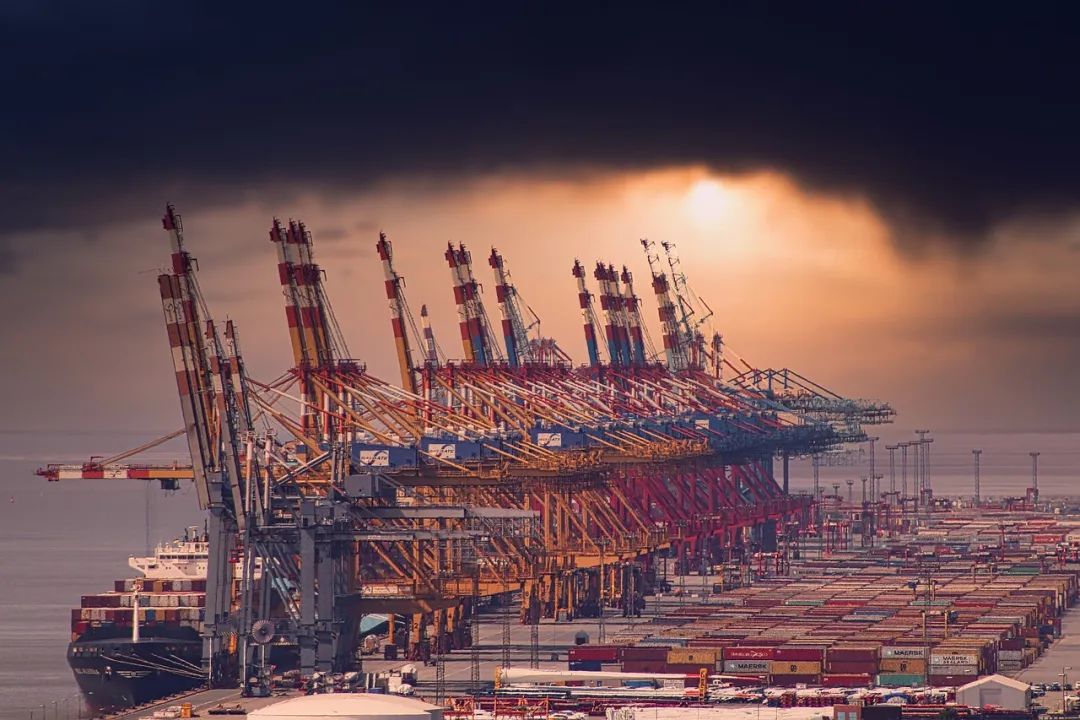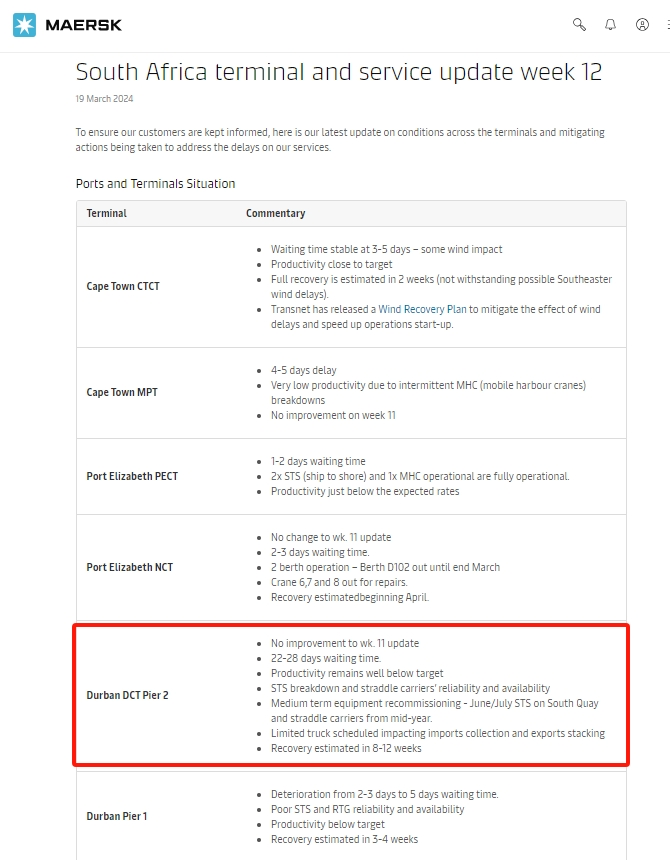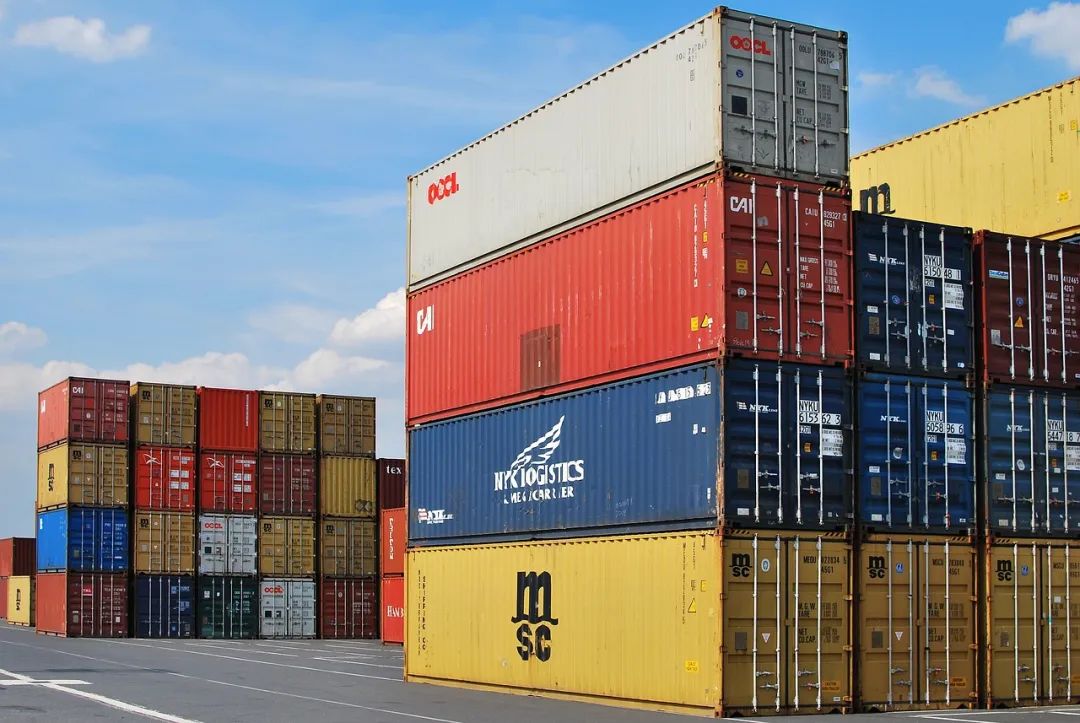 United Petroleum Equipment Pte. Ltd.
United Petroleum Equipment Pte. Ltd.

In recent months, the Red Sea crisis has forced many international shipping companies to choose to bypass the Cape of Good Hope at the southwest tip of the African continent. South Africa, as an important country along the African route, has ushered in "unexpected business opportunities." However, with the rapid increase in the number of ships, the already existing capacity problems at ports along South Africa have become more serious.
Crane failures and bad weather have exacerbated delays at South Africa's ports, although container throughput at South Africa's main gateway has improved recently .

A few days ago, Maersk's official website issued an early warning, updating the latest delays at various ports and terminals in South Africa, as well as the mitigation measures taken to resolve service delays.
According to the announcement, the waiting time at Durban Pier 1 has worsened from the original 2-3 days to 5 days. What's more serious is that the productivity of Durban DCT Terminal 2 is far below the expected target, and ships have to wait here for as long as 22-28 days. In addition, Maersk also warned that the Port of Cape Town has also suffered considerable losses, with its terminal experiencing delays of up to five days due to strong winds.

Maersk also added: "Delays will be minimized through cyber operations and contingency measures, which will make up for any delays in cargo arrival and export loading. After departure from South Africa, the vessel will sail at full speed to make up for lost time and ensure timely Arrived at destination. ”
In fact, as early as the end of November last year , a congestion crisis broke out in South African ports, resulting in ships having to wait an average of 32 hours to enter Port Elizabeth in the Eastern Cape Province, 215 hours to enter the Port of Nqula, and 227 hours to enter the Port of Durban. A total of more than 10 Thousands of containers are stuck outside South African ports.

Although container throughput at South Africa's main gateways has improved slightly recently, the surge in the number of ships has still overwhelmed ports along the South African route.
According to the latest report from the South African Association of Freight Forwarders (SAAFF), the port handled an average of 8,838 containers per day in the week to March 15, a significant increase from the 7,755 containers handled the previous week. State-owned port operator Transnet reported in its February figures that container handling volumes were up 23% from January and up 26% year-on-year.
SAAFF highlighted worrying situations such as the number of ships anchoring near Durban, queues of containers and ongoing equipment shortages and breakdowns.
However, solving port congestion will not happen overnight. South Africa's port congestion is a complex and long-standing problem. Investment in port equipment and maintenance has been insufficient for a long time, and the delivery time of equipment required for some port upgrades is even as long as 18 months. Some experts warn that if the port problems persist, the South African economy will pay a huge price, let alone seize the opportunities.
Shipqunar reminds you that if you are trading with South Africa in the near future, please pay close attention to the delays and impacts of congestion on cargo transportation to avoid unnecessary losses.